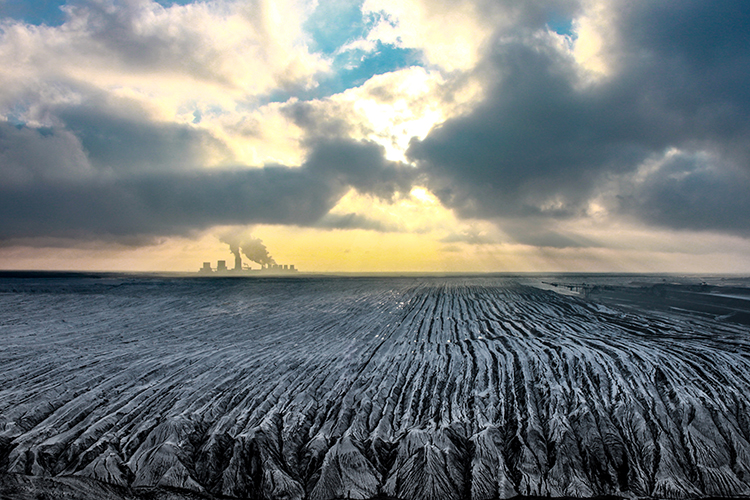An award-winning MTSU scientist whose research could help the concrete industry was the guest on a recent “MTSU On the Record” radio program.

Dr. Mina Mohebbi
Host Gina Logue’s interview with Dr. Mina Mohebbi, an assistant professor of civil engineering in MTSU’s Department of Engineering Technology, first aired Aug. 20 on WMOT-FM Roots Radio 89.5 and online at www.wmot.org. You can hear their conversation above.
Mohebbi and two colleagues at Penn State University won the 2019 Outstanding Article Award from the American Society for Testing and Materials’ Journal of Advances in Civil Engineering Materials.
Their article, available here in a PDF, describes a more accurate method of determining how much unburned carbon content is in fly ash, a byproduct of coal-burning power plants.
Fly ash is a combination of mineral impurities used in the manufacture of Portland cement concrete, providing it meets certain standards.
 One of those standards is low carbon content. Mohebbi and her colleagues found that the traditional method of determining whether there’s too much carbon in fly ash overestimates the amount of unburned coal or carbon particles in the fly ash, resulting in wasting otherwise usable product for the concrete industry.
One of those standards is low carbon content. Mohebbi and her colleagues found that the traditional method of determining whether there’s too much carbon in fly ash overestimates the amount of unburned coal or carbon particles in the fly ash, resulting in wasting otherwise usable product for the concrete industry.
The more accurate method is called thermogravimetric analysis, which, combined with mass spectrometry, will help experts develop a better testing protocol and revised standards.
Future research might include MTSU’s School of Concrete and Construction Management, Mohebbi said.
She said she started thinking about submitting some proposals to the school because “the Tennessee Department of Transportation is also interested in some types of projects very similar to that type of project, using industrial byproducts like the fly ash and gypsum in concrete.”
To hear previous “MTSU On the Record” programs, visit the searchable “Audio Clips” archives at www.mtsunews.com.
For more information about “MTSU On the Record,” contact Logue at 615-898-5081 or WMOT-FM at 615-898-2800.

The Boxberg Power Station operates in the distance with the Nochten surface mine in the foreground near Weisswasser, Saxony, Eastern Germany in this photo from Pexels. Boxberg, located about 125 miles southeast of Frankfurt, burns lignite, or brown coal, to generate steam-electric power. MTSU Department of Engineering Technology professor Mina Mohebbi’s research indicates that a more accurate method of determining how much unburned carbon content is in fly ash, a byproduct of coal-burning power plants, could mean more residue available for use in cement concrete manufacturing. (Photo by Torsten Kellermann/Pexels)

COMMENTS ARE OFF THIS POST